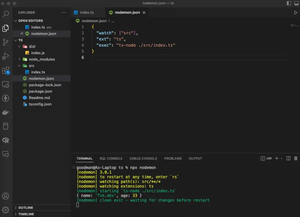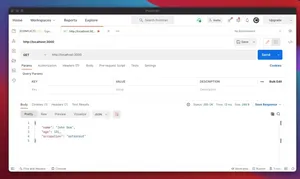Learn how to run multiple npm scripts sequentially through 3 different techniques.
Solution 1: Using && Operator
Description: The most common way to run NPM scripts sequentially is to use the && operator to chain the commands together. When you use the && operator, the next command will run only if the previous one succeeds. Here’s how to use it:
- Create the scripts you wish to run in the
package.jsonfile. - Combine them into a single script using the
&&operator. - Run the combined script using
npm run.
{
"scripts": {
"build": "npm run clean && npm run compile",
"clean": "echo 'cleaning...' && rm -rf ./dist",
"compile": "echo 'compiling...' && tsc"
}
}Pros:
- Simple and easy to use
- No need for additional tools or packages
Cons:
- Not suitable for complex workflows
- Each script must succeed for the next to run
Solution 2: NPM Run Series Package
Description: For more control over the execution flow of scripts, you can use the npm-run-series package, which allows you to define a series of NPM scripts to run sequentially in your package.json file.
- Install the
npm-run-seriespackage usingnpm install npm-run-series --save-dev. - Configure the
package.jsonto usenpm-run-seriesfor running multiple scripts. - Execute the defined series with
npm run.
{
"scripts": {
"build-series": "npm-run-series clean compile",
"clean": "echo 'cleaning...' && rm -rf ./dist",
"compile": "echo 'compiling...' && tsc"
}
}Pros:
- Allows for more complex script sequences
- Easy to install and configure
Cons:
- Requires an additional package
Solution 3: Using NPM Pre and Post Hooks
Description: NPM has a feature called pre and post hooks that automatically runs scripts before or after a script that has been called. This is a handy method for running tasks in a specific sequence.
- Create scripts in your
package.jsonusing thepreandpostprefixes to define the order of execution. - Run your main script, and NPM will handle the sequence.
{
"scripts": {
"prebuild": "echo 'cleaning...' && rm -rf ./dist",
"build": "echo 'compiling...' && tsc",
"postbuild": "echo 'post-build operations'"
}
}Pros:
- No need for additional tools or syntax
- Utilizes built-in NPM features
Cons:
- Script names are not flexible
- Sequence is implicit and might be less clear

